|
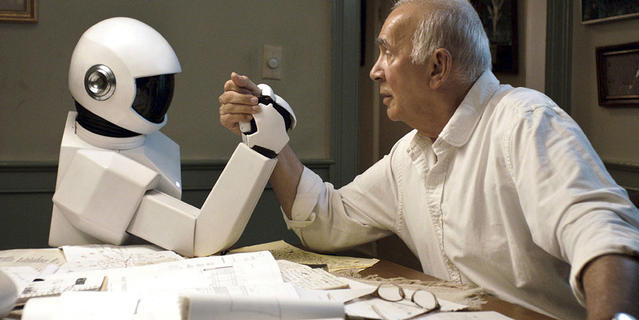 |
|
|
|
|
The Challenges of Social Robotics
|
|
01.31.2017 |
|
Robotics
Why do people become attached to robots, how do they display this attachment, and is reproducible? Véronique Aubergé, a leading social robotics specialist shares her insight on the complex relationship that humans develop with robots and how it may, in some cases, help restore social bonds.
|
|
Read the article
|
|
|
|
|
|
|
|
|
|
Also this month
|
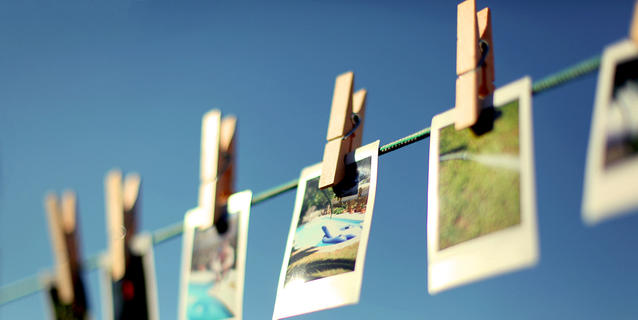 |
|
|
|
How Real are False Memories?
|
|
01.16.2017 |
|
Neurology Our memory is malleable. So much so that we can even create false memories. Insight into these mechanisms could help us find new ways to understand certain pathological disorders. Neurobiologist Pascal Roullet, scientific adviser to a recently-aired documentary on the subject, explains. |
|
Read the article
|
|
|
|
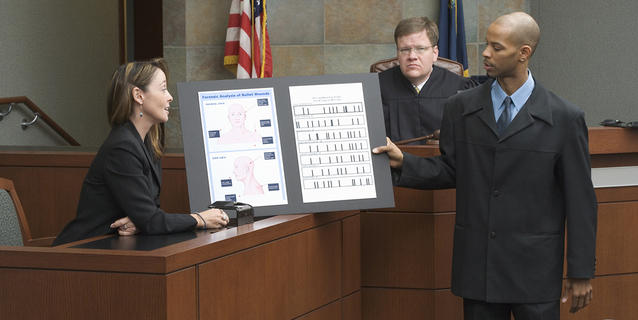 |
|
|
|
When Numbers Fail Justice
|
|
01.23.2017 |
|
Mathematics However objective they may seem, the figures presented in legal cases are sometimes based on a misleading or ill-conceived use of mathematics. The mathematician Leila Schneps explains the phenomenon. |
|
Read the article
|
|
|
|
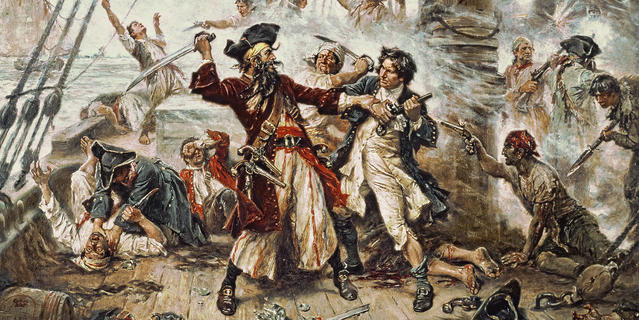 |
|
|
|
The Truth about Pirates
|
|
01.04.2017 |
|
History Far from the romanticized image created since the 18th century by writers like Defoe and Stevenson, and perpetuated by Hollywood to this day, the actual history of the pirates and privateers, with whom they are too often confused, is much more complex. Gilbert Buti and Philippe Hrodej, historians... |
|
Read the article
|
|
|
|
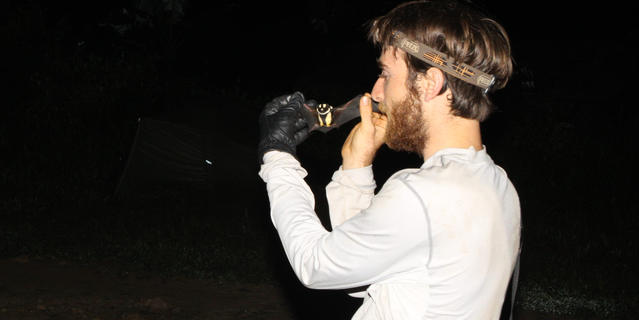 |
|
|
|
Tracking the Panda Bat
|
|
01.26.2017 |
|
Animal Biology An expedition to the Kisangani region, in the Democratic Republic of Congo, has yielded surprising findings about a supposedly very rare bat species, the pied butterfly bat, whose black fur with white markings is remarkably reminiscent of the panda's. |
|
Read the article
|
|
|
|
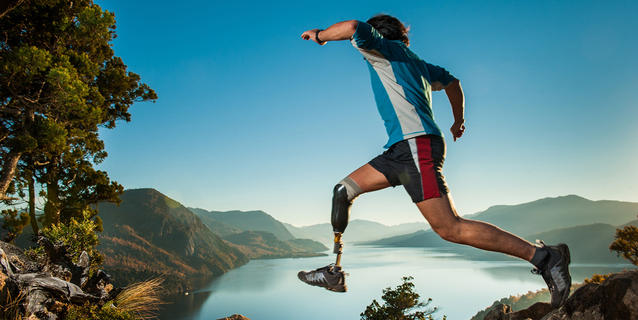 |
|
|
|
The Myth of Human Enhancement
|
|
01.09.2017 |
|
Technology While transhumanism seeks to transcend the biological limitations of the human body, robotics researcher Nathanaël Jarrassé advocates a realistic perception of prostheses, which do not transform those who wear them into man-machines. |
|
Read the opinion
|
|
|
|
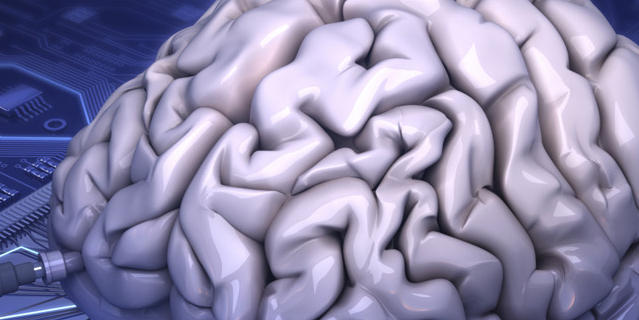 |
|
|
|
Are Digital Devices Robbing our Memories?
|
|
01.02.2017 |
|
Neuroscience We are increasingly relying on digital devices to record information in our place. While such use of digital technologies might free up our brain to focus on other tasks, is there not a long-term risk of memory deterioration? We asked a specialist in the field. |
|
Read the article
|
|
|
|
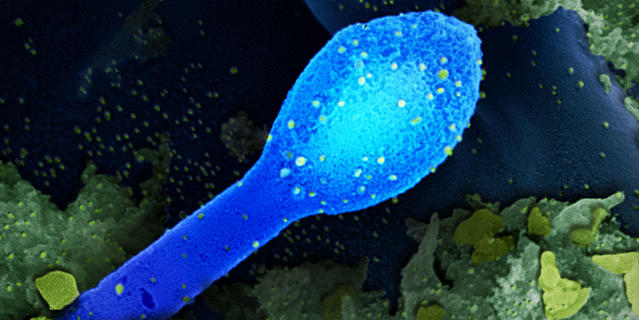 |
|
|
|
Shots of Science
|
|
01.18.2017 |
|
Imaging Discover the 20 scientific images by Canadian researchers presented during the 2016 edition of the competition “La preuve par l’image” (Proof through Images). CNRS Le journal is a partner of Découvrir magazine, published by the Association francophone pour le savoir (Acfas), which has organized... |
|
Access the slideshow
|
|
|
|
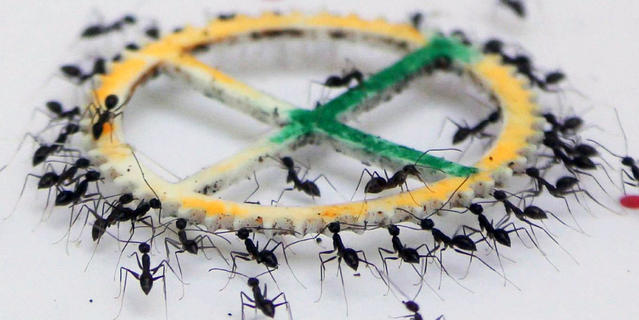 |
|
|
|
Crazy Ants Make the Right Moves
|
|
01.10.2017 |
|
Biology A previously unidentified type of ant trail has recently come to light: the longhorn crazy ant’s unique scent marks that help crews of coworkers carry a bulky load across obstacle-strewn territory. A combined feat of collaboration, coordination… and chance. |
|
Read the article
|
|
|
|
|
|
|